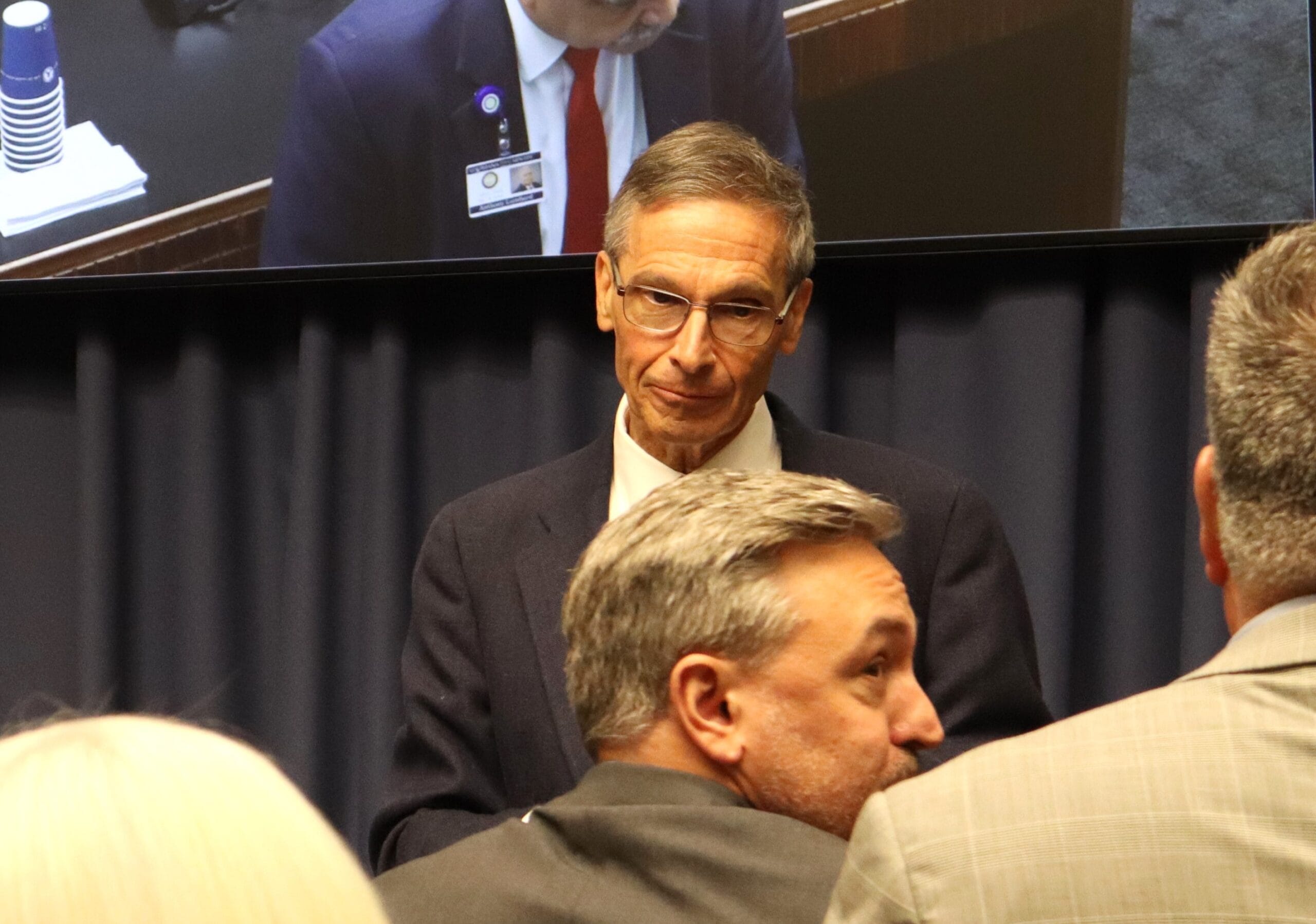The recent confirmation of a human infection from avian influenza in Louisiana has raised alarms among public health officials and the community. The patient, whose identity has not been disclosed, is currently hospitalized and receiving treatment. This case highlights the potential for avian influenza, commonly known as bird flu, to cross species barriers and infect humans, a phenomenon that has been observed in various instances worldwide.
Avian influenza is primarily a disease of birds, particularly domestic poultry, but certain strains have shown the ability to infect humans. The H5N1 and H7N9 strains are among the most notable for their pathogenicity in humans, leading to severe respiratory illness and, in some cases, death. The current case in Louisiana is believed to involve one of these strains, although further testing is required to confirm the specific subtype involved.
The Louisiana Department of Health (LDH) has initiated an investigation into the circumstances surrounding the infection. Preliminary reports suggest that the patient had direct contact with infected birds, which is a common transmission route for avian influenza. Health officials are working to identify any additional individuals who may have been exposed to the virus and are advising the public to avoid contact with wild birds and poultry that appear sick or are found dead.
In response to this incident, the LDH has issued guidelines to mitigate the risk of further infections. These include recommendations for poultry workers and those who handle birds to wear protective gear, such as gloves and masks, to reduce the risk of transmission. Additionally, the department has emphasized the importance of good hygiene practices, including regular handwashing and avoiding contact with sick animals.
Public health experts are closely monitoring the situation to assess the risk of human-to-human transmission. While the current evidence suggests that the virus does not spread easily between people, the possibility of mutations that could enhance transmissibility remains a concern. The World Health Organization (WHO) continues to emphasize the importance of surveillance and rapid response to any potential outbreaks.
The occurrence of avian influenza in humans is not unprecedented. Previous outbreaks have demonstrated the virus’s ability to jump from birds to humans, often with severe consequences. The 1997 Hong Kong outbreak of H5N1, which resulted in six human infections, and the 2013 H7N9 outbreak in China, which led to hundreds of cases and significant mortality, serve as stark reminders of the potential risks associated with avian influenza.
In the wake of this incident, health officials are urging the public to remain vigilant and report any unusual bird deaths or illnesses to local authorities. Education campaigns are also being launched to inform the public about the signs of avian influenza in birds and the necessary precautions to take when interacting with them.
The agricultural sector, particularly poultry farming, is also affected by this situation. Farmers are being advised to enhance biosecurity measures to protect their flocks from potential outbreaks. This includes restricting access to poultry farms, implementing strict sanitation protocols, and monitoring the health of birds closely.
As the investigation continues, health officials are working to keep the public informed about the developments related to this case. Regular updates will be provided as more information becomes available, and the situation is assessed. The collaboration between local, state, and federal health agencies is crucial in managing this public health challenge and ensuring the safety of the community.
In conclusion, the confirmed human infection of avian influenza in Louisiana serves as a critical reminder of the interconnectedness of human and animal health. Ongoing surveillance, public awareness, and adherence to health guidelines are essential in preventing further cases and managing the risks associated with this virus. The situation remains fluid, and health authorities are committed to responding swiftly to protect public health.



